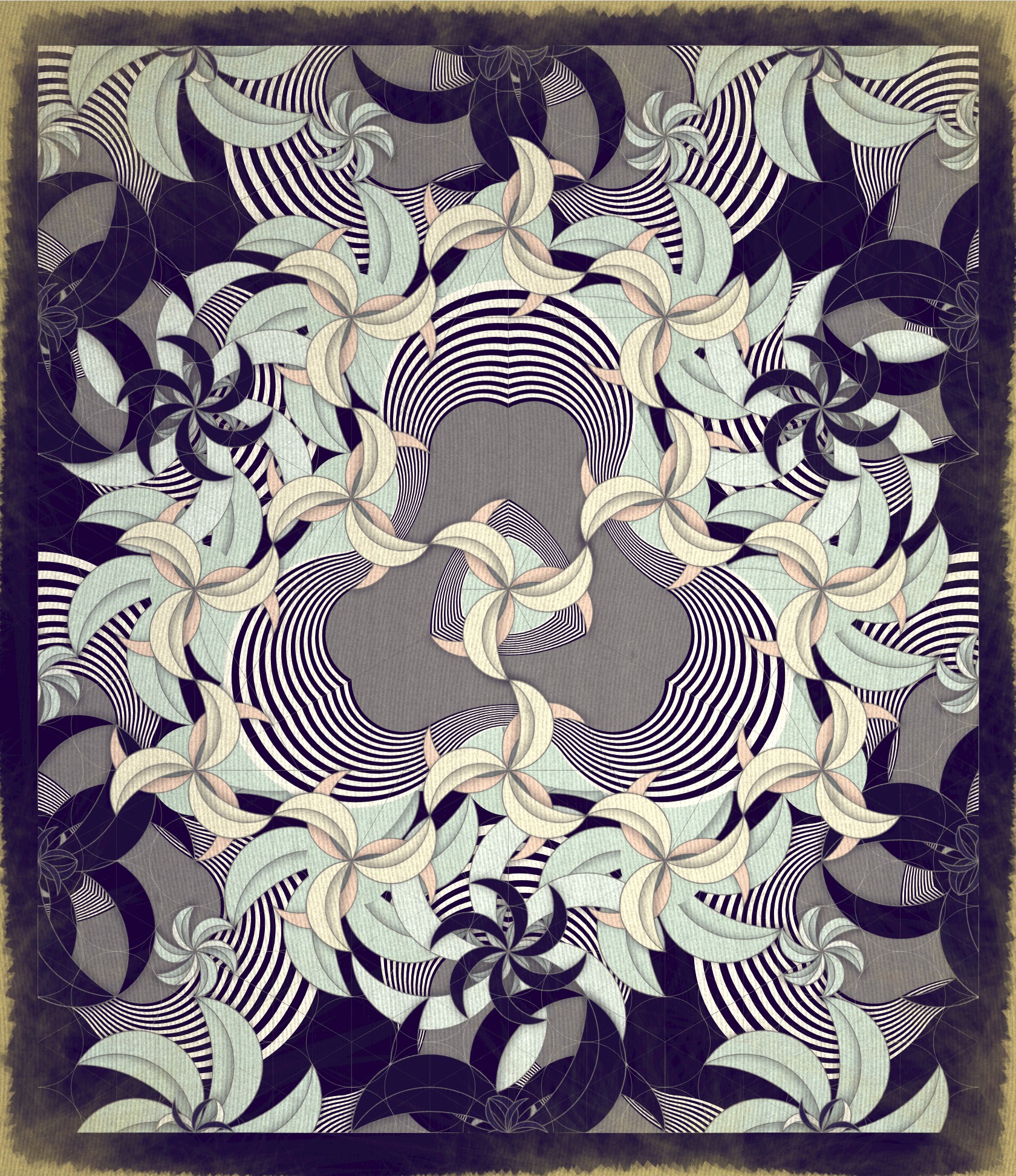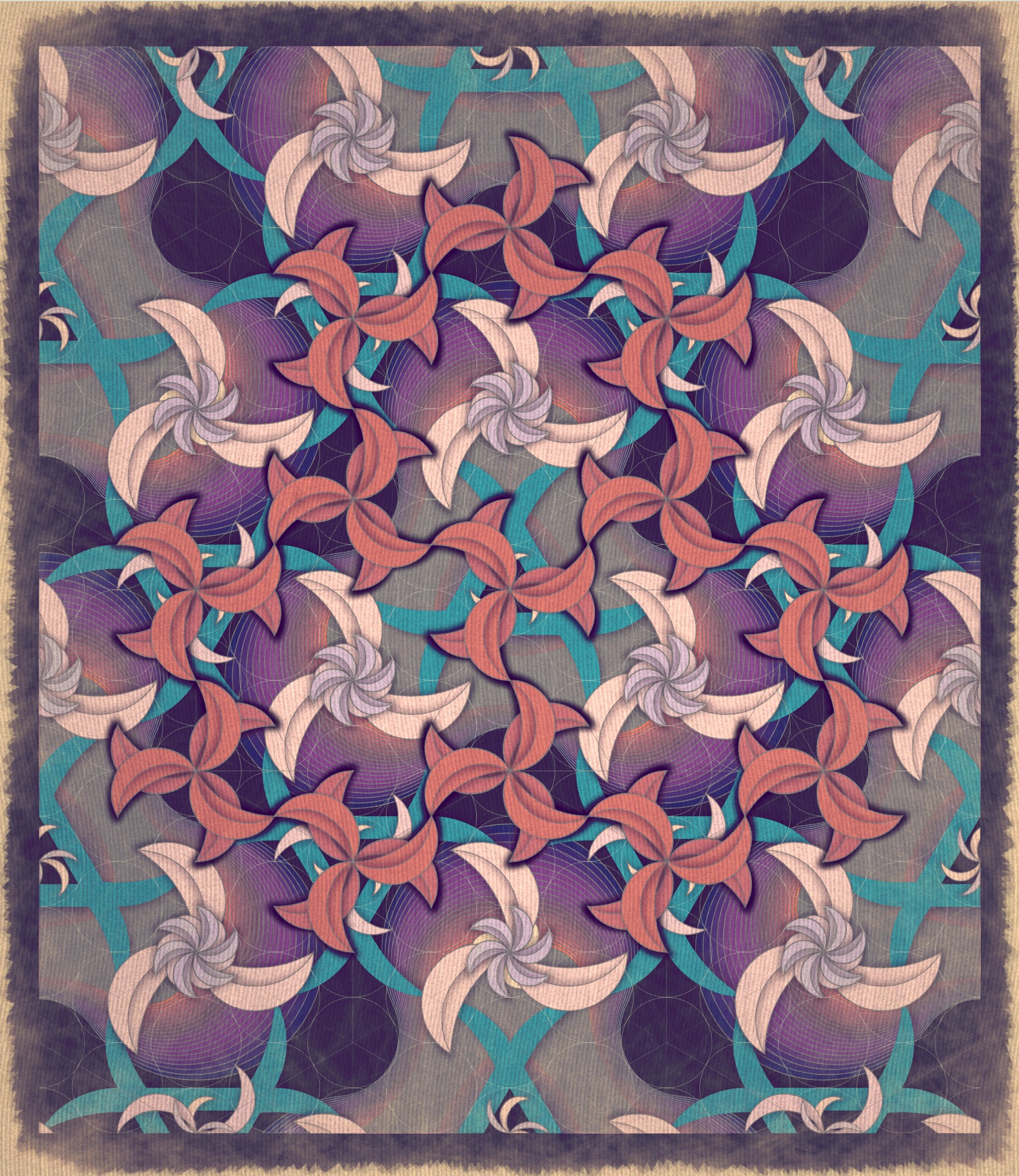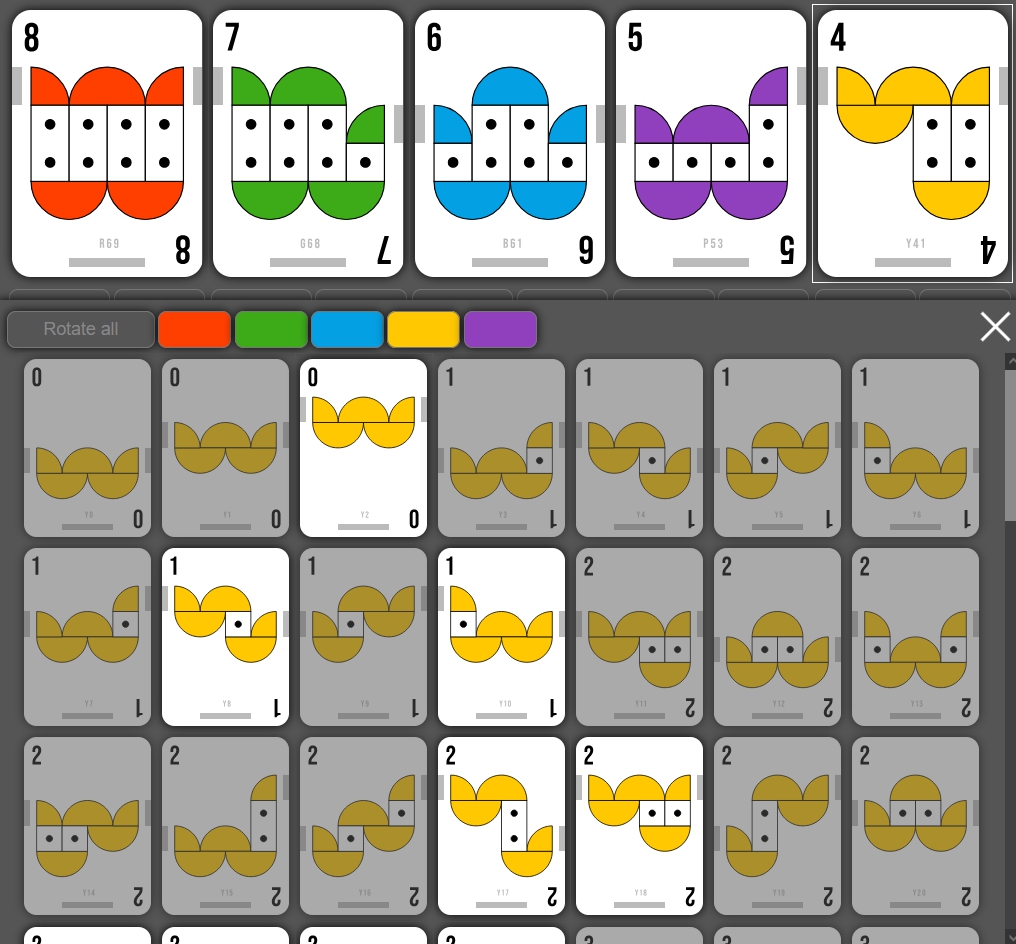
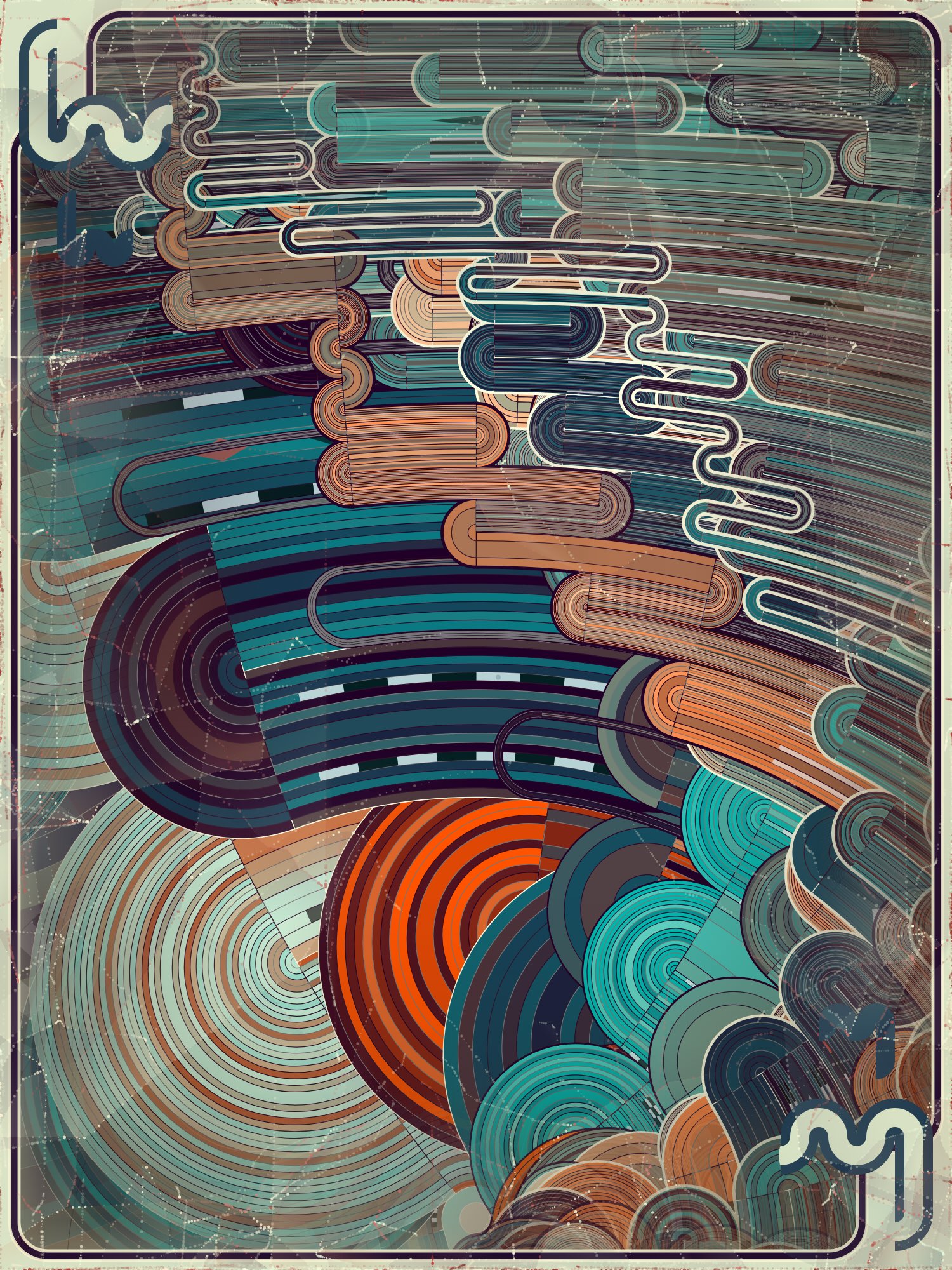
Work in progress
Abiding drivers of art markets are wealth and status signaling, glamor, gambling and of course beauty, chic and finesse. Gambling and wealth flexing is often not discussed in connection to bluechip art when it is being sold. It is however the elephant in the room. Monte Carlo is a work just about that elephant. To do this in a way that’s not overtly distasteful the work intends to evoke Vintage glamor, 1970s Grand Prix and Monte Carlo Casino, Early James Bond Ritz. The aged retro stylisation is a way to put some distance between us and what would otherwise be an expression of casino bling and a vulgar opulence. When it has a nostalgic patina, somehow it feels more tasteful and artful.
Card Game UI WIP →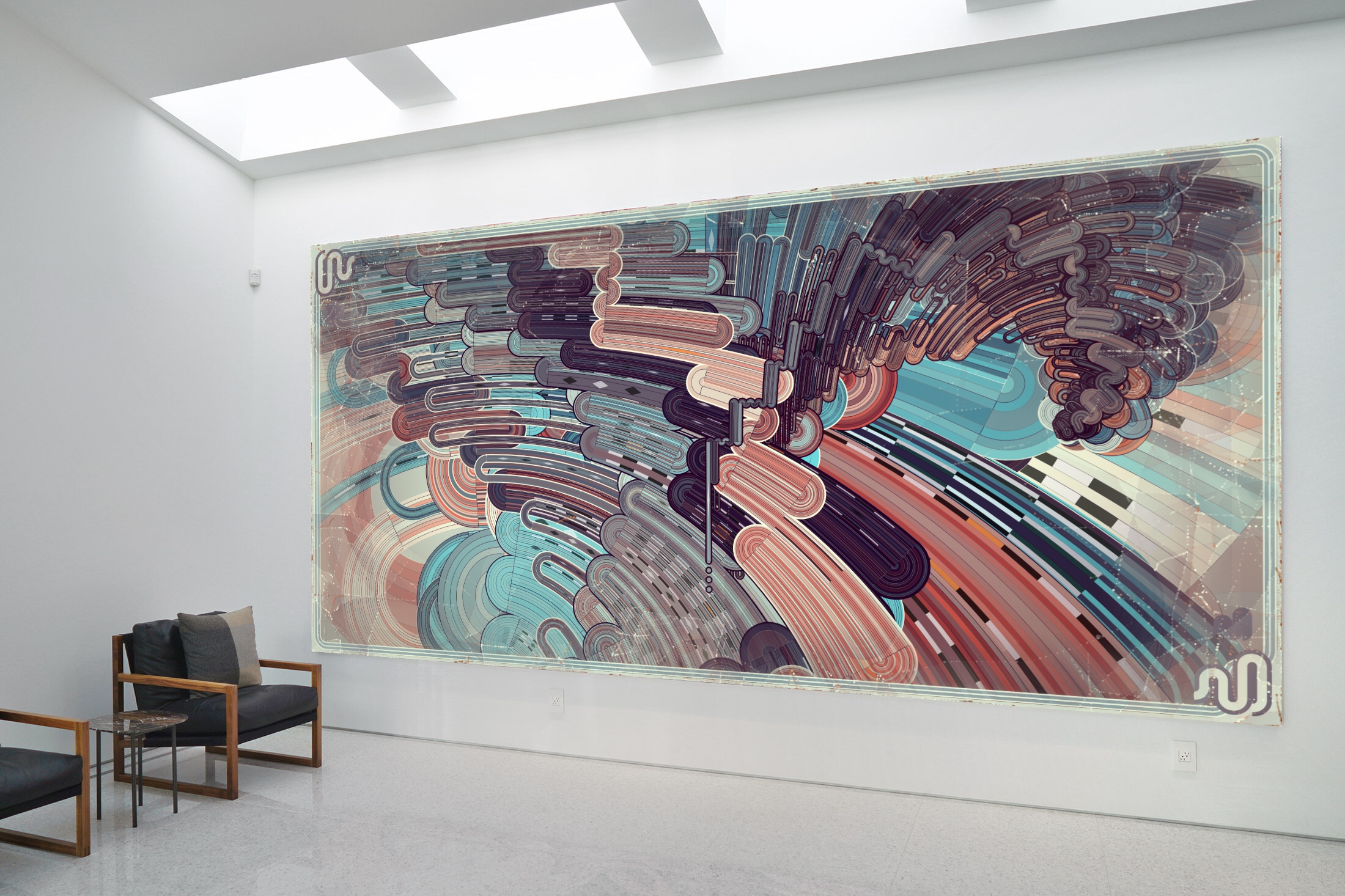
| Where: | Fully onchain card game on L2 Shape + Gallery partner + Final prize collection on ETH L1 |
| Everything else: | TBD |


Work in progress
Although these works are intended for print and gallery display I want to create a convenient system for putting all the ingredients to make a physical work fully on chain. The dream is for the process of creation, the on-chain archiving, release interval and fabrication to evolve into a seamless practice. For me, the idea of evolving a group of algorithms over a long period of time and releasing the best examples of that evolution as they happen seems to be a more natural way to work. I will, of course, still release the occasional long form project, but generally, I'm starting to think about more organic ways to release algorithmic work in small related sets integrated with gallery exhibitions. An approach that supports a processes more than a final destination.
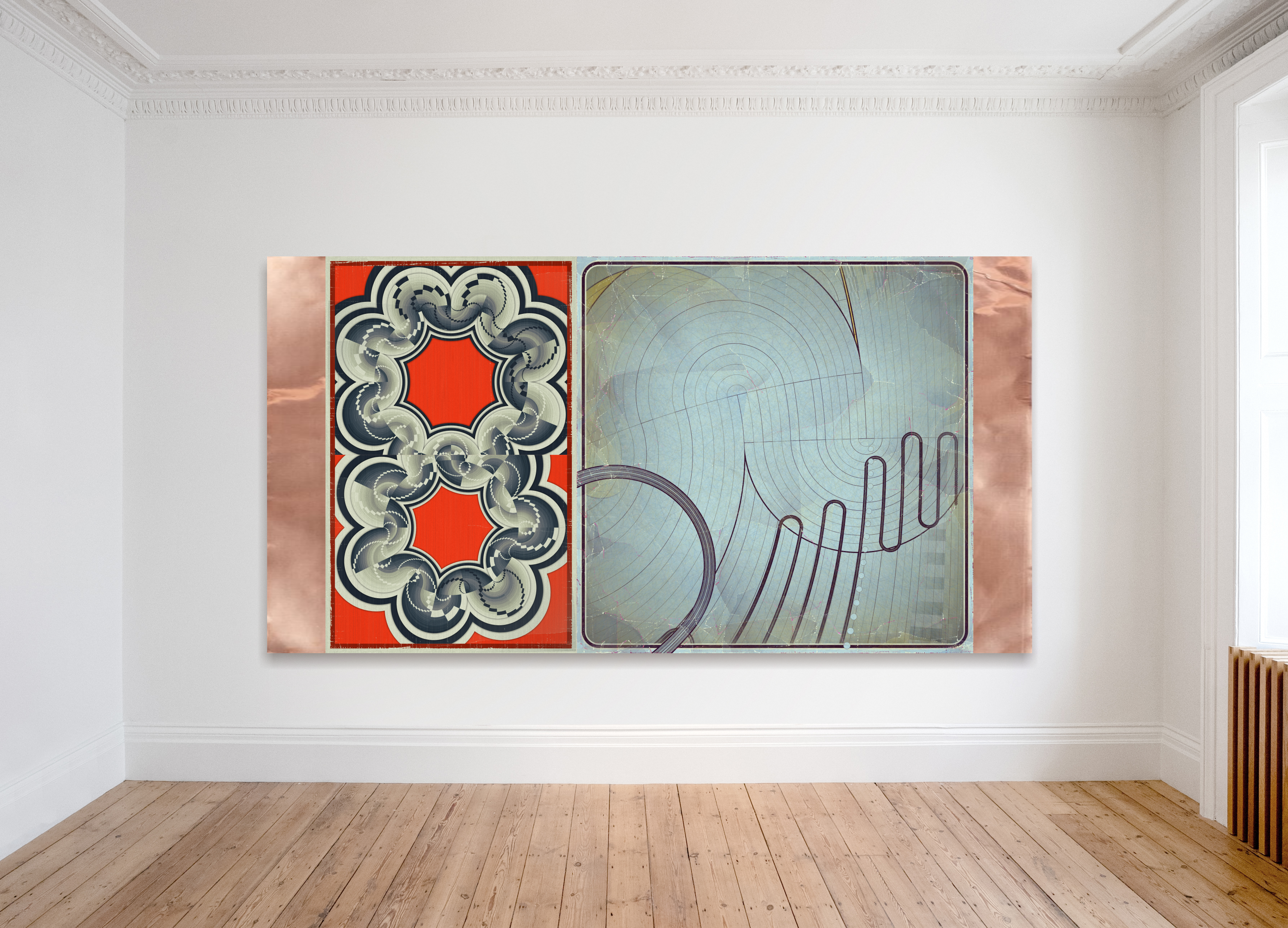
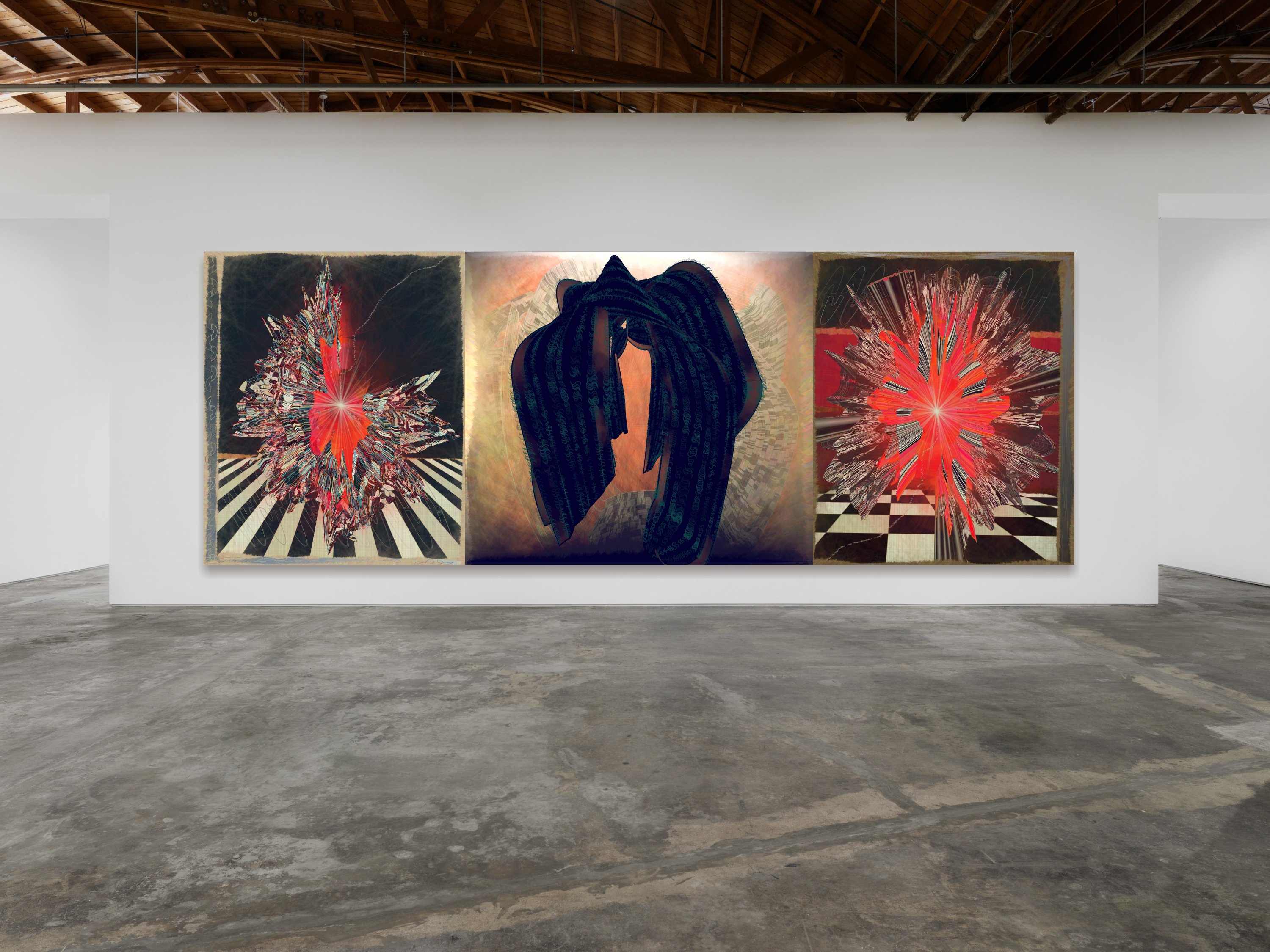
Short form curated collection
A supernova is the death process of stars with a certain mass. Throughout its life the nuclear fusion in a star's core provides outward pressure that balances the gravitational pressure created by it's vast mass. When a star has used the last of it's fuel gravity takes over and the star implodes in a matter of seconds. The inward shock wave can rebound causing one of the most powerful explosions we can observe in the universe. Supernovas can briefly outshine entire galaxies and radiate more energy than our sun will in its entire lifetime. They're also the primary source of heavy elements in the universe. Most of the atoms that make up you and our world would have been forged in a Supernova billions of years prior to the birth of our own sun. In short the Supernova is a story about cosmic death and rebirth. It is also a story about our own origins and the origins of all forms in the universe.
In western Art the story of the crucifixion is one of them most enduring motifs. I myself am not a Christian, but have always found this theme moving. The symbol of the crucifix is loaded with more cultural meaning than perhaps any other symbol in the West. For me there are parallels between the magnitude of this story within human culture and the scale of the Supernova within the cosmological story. I’ve often wondered if stars, planets and other celestial bodies are conscious. Indeed their internal structures and emissions are as complex and varied as those of any other living being. They also interact in complex societies, although obeying different constraints on a different scale of time and space. Does a star suffer as it dies? Does it have a sense that through its death new life is created? Is suffering universal at every scale throughout the universe? Is the desire to exist to serve others also universal?
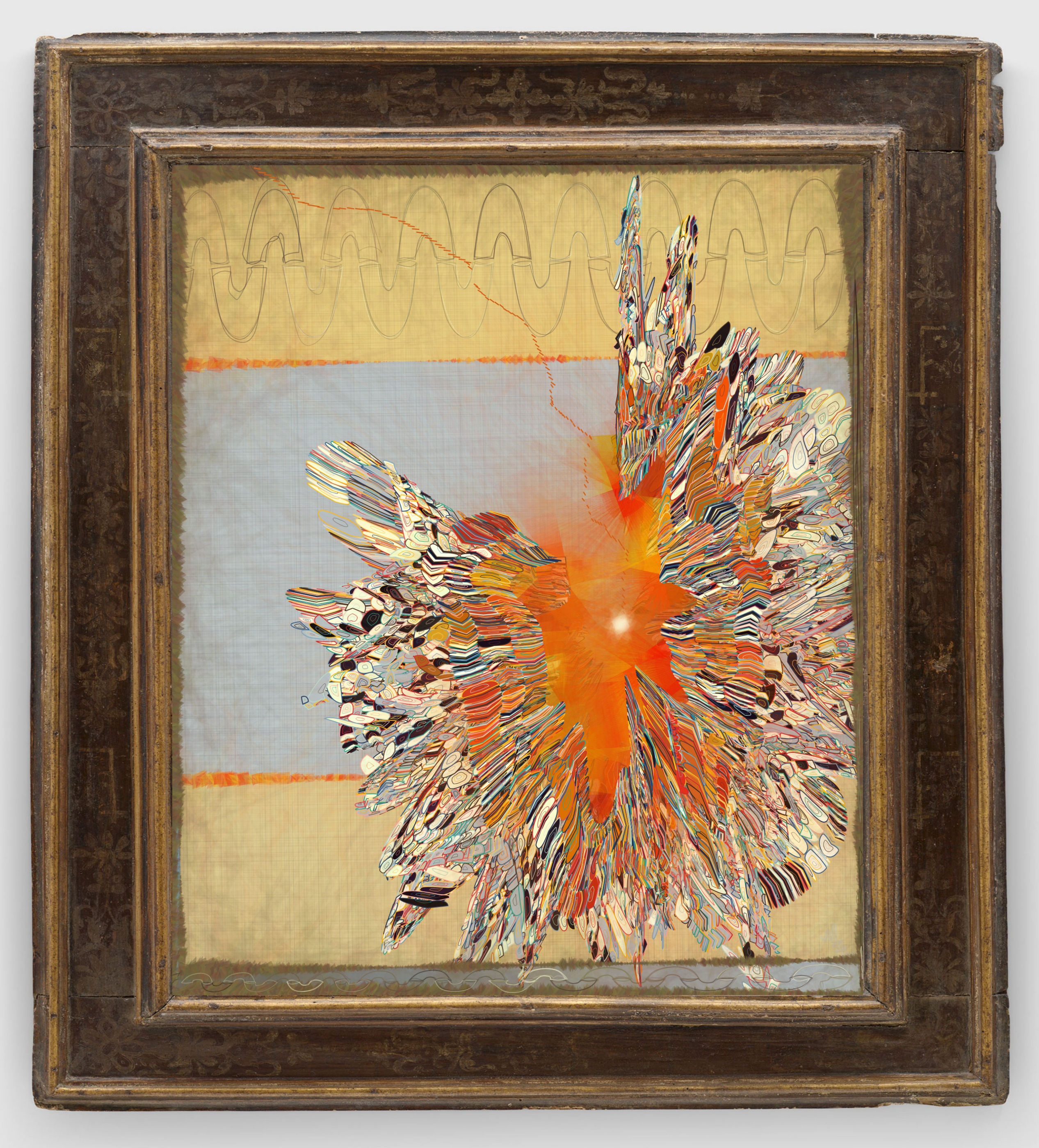
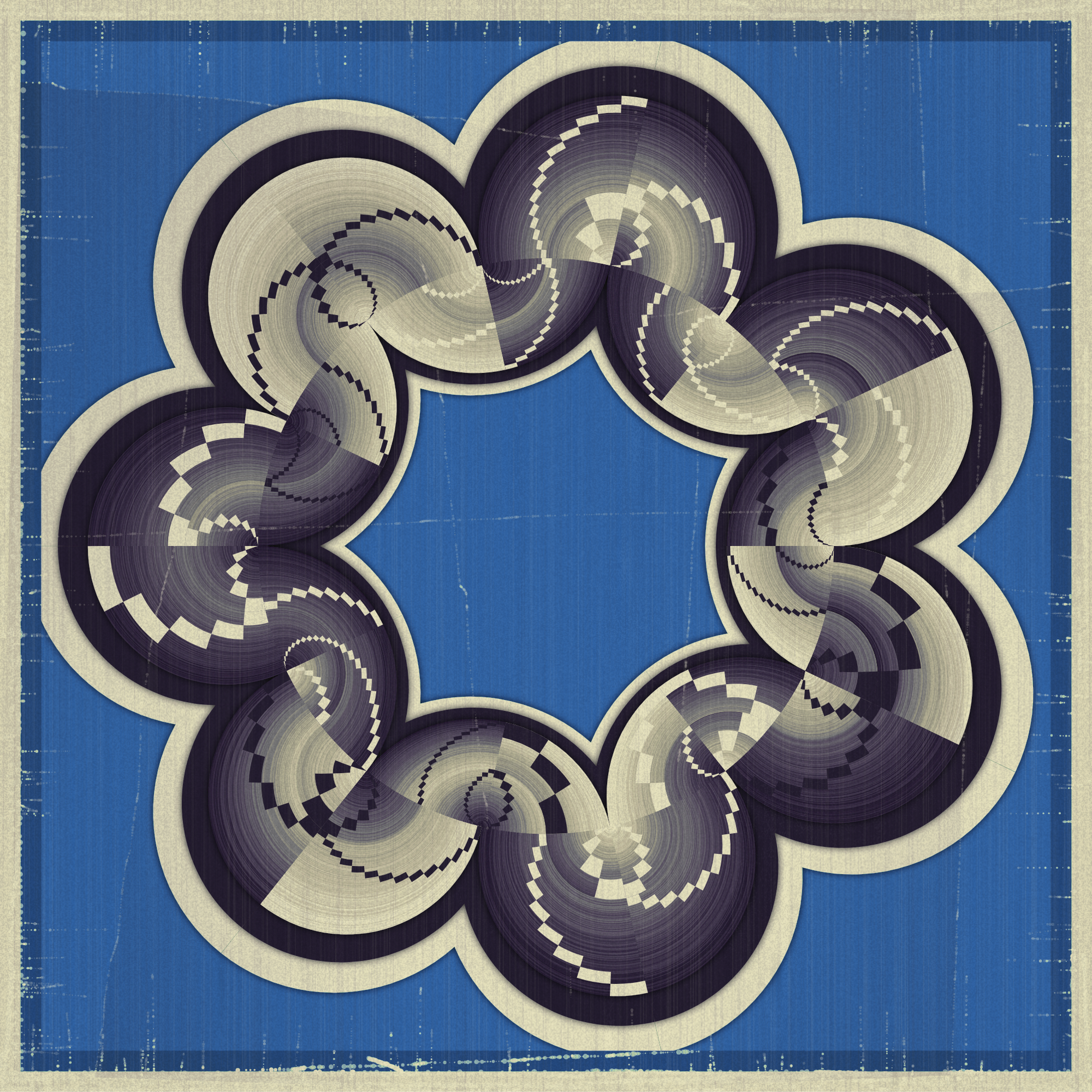
Component algorithm for Manifold Unfolding
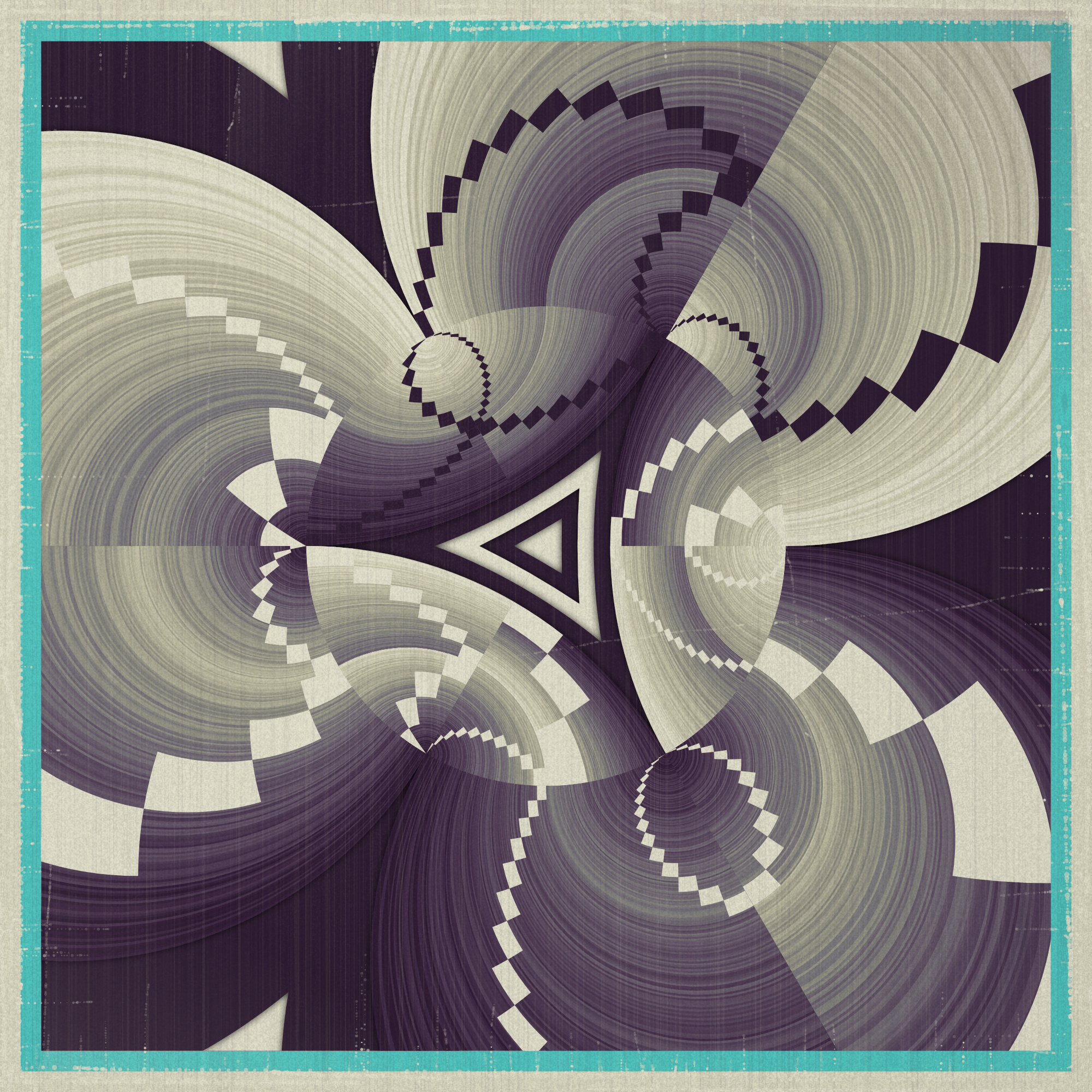
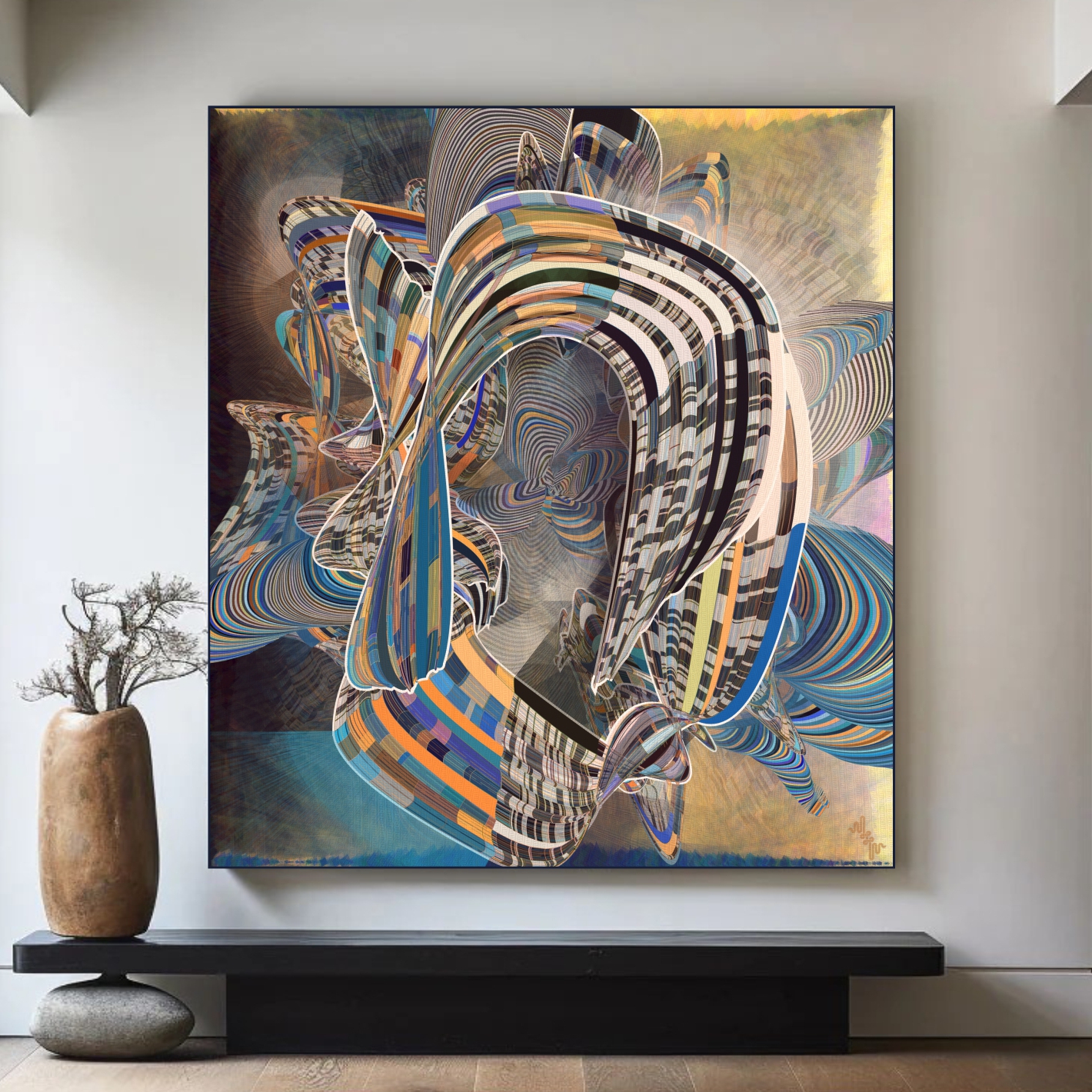

Work in progress
The Velum project is planned to be released in four movements over four or more years, like a generative art symphony. Each algorithm is evolved from the previous year. Like Velum I, Velum II is an experiment in pictorial space. For me this means how do I push elements off the surface and withdraw them behind the surface. The idea being to create a convincing pictorial volume without it being illusionistic. Strong outlines and well defined negative space simultaneously flatten the canvas creating tension with the push and pull of this space.
Related:
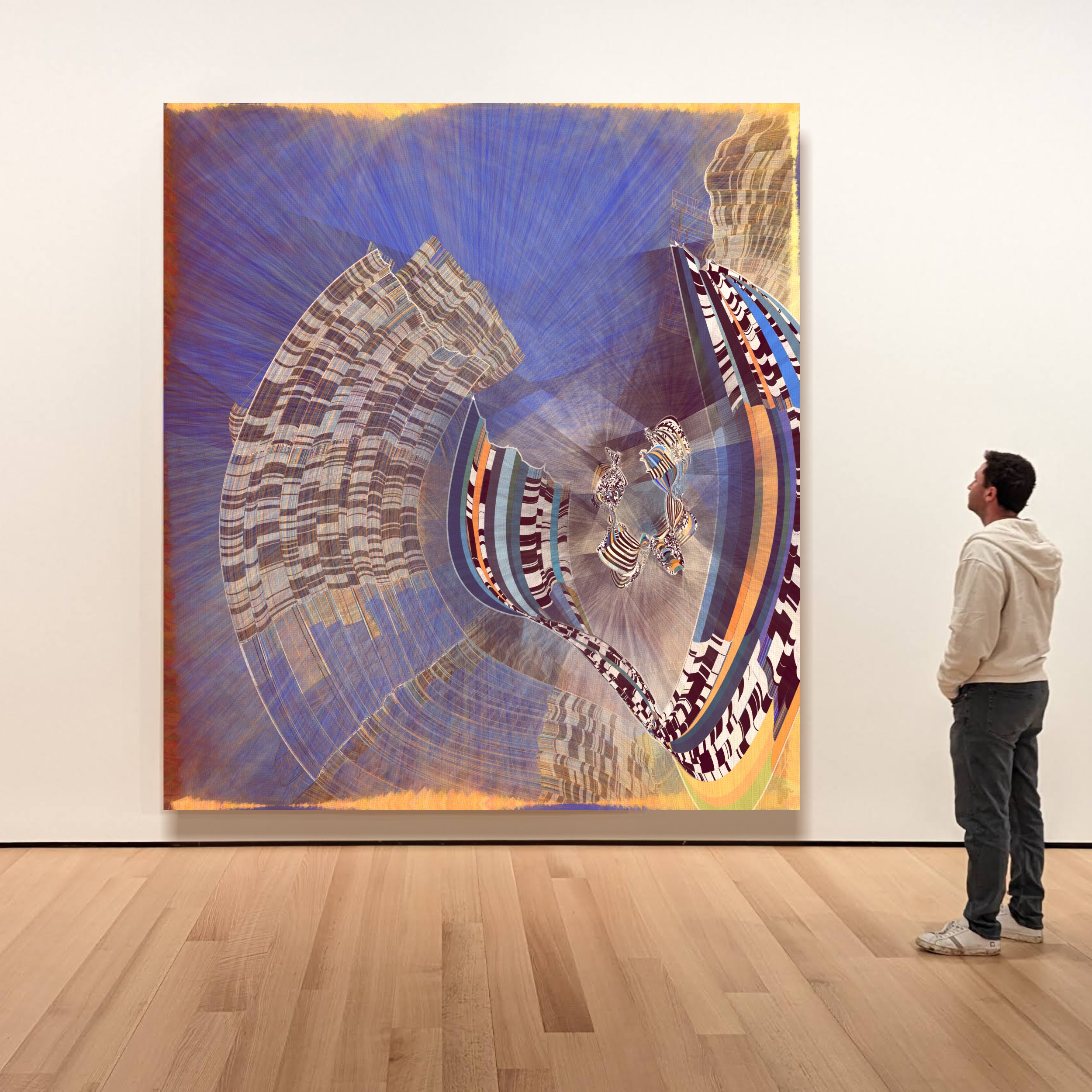
| Supply: | 100 |
| Al: | 33% discount for Velum 1 Holders |
| Everything else: | TBD |

